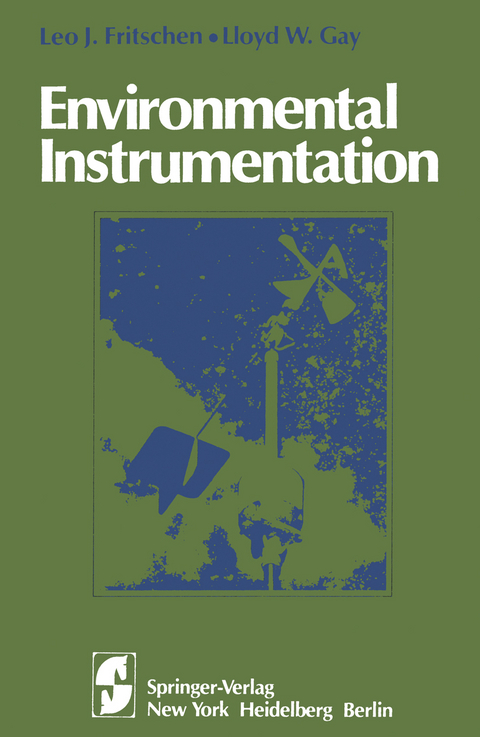
Environmental Instrumentation
Springer-Verlag New York Inc.
978-1-4612-6207-7 (ISBN)
1 Measurement Fundamentals.- 1.1 Introduction and Scope.- 1.2 Measurement Errors.- 1.3 Estimating Error.- 1.4 Measurement Systems.- 1.5 Significant Digits.- Literature Cited.- 2 Review of Physical Fundamentals.- 2.1 Thermal and Latent Energy.- 2.2 Basic dc Circuits.- 2.3 Basic Measuring Instruments.- 3 Temperature.- 3.1 Temperature Scales.- 3.2 Time Constant.- 3.3 Measuring Devices.- 3.4 Air Temperature.- 3.5 Soil Temperature Measurements.- Literature Cited.- 4 Soil Heat Flux.- 4.1 Soil Heat Flux Transducer.- 4.2 Soil Heat Flux Measurements.- 4.3 Sampling Requirements.- 4.4 Calibration of Heat Flux Transducers.- Literature Cited.- 5 Radiation.- 5.1 Radiation in Various Wave Bands.- 5.2 Methods of Radiation Measurement.- 5.3 Radiation Instruments.- 5.4 Site Requirements.- 5.5 Calibration.- 5.6 Photometry.- Literature Cited.- 6 Humidity and Moisture.- 6.1 Fundamental Concepts and Definitions.- 6.2 Methods of Measurement.- 6.3 Calibration of Humidity Sensors.- Literature Cited.- 7 Wind Speed and Direction.- 7.1 Wind Speed.- 7.2 Wind Direction.- Literature Cited.- 8 Pressure.- 8.1 Introduction.- 8.2 Mercury Barometer.- 8.3 Aneroid Barometer.- Literature Cited.- 9 Data Acquisition Concepts.- 9.1 Signal Characteristics.- 9.2 Digital Data Acquisition Systems.- 9.3 Some Sampling Considerations.- 9.4 Signals and Noise.
| Reihe/Serie | Springer Advanced Texts in Life Sciences |
|---|---|
| Zusatzinfo | XVI, 216 p. |
| Verlagsort | New York, NY |
| Sprache | englisch |
| Maße | 155 x 235 mm |
| Themenwelt | Sachbuch/Ratgeber ► Natur / Technik ► Garten |
| Naturwissenschaften ► Biologie ► Ökologie / Naturschutz | |
| Naturwissenschaften ► Chemie | |
| Naturwissenschaften ► Geowissenschaften ► Geologie | |
| Naturwissenschaften ► Geowissenschaften ► Meteorologie / Klimatologie | |
| Technik ► Umwelttechnik / Biotechnologie | |
| Weitere Fachgebiete ► Land- / Forstwirtschaft / Fischerei | |
| Schlagworte | Meteorologisches Instrument |
| ISBN-10 | 1-4612-6207-0 / 1461262070 |
| ISBN-13 | 978-1-4612-6207-7 / 9781461262077 |
| Zustand | Neuware |
| Haben Sie eine Frage zum Produkt? |
aus dem Bereich


